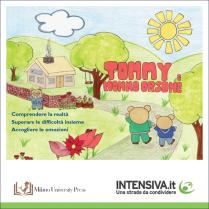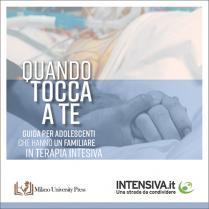Milano University Press

Il viaggio
Michela Maxia. Giulia Lamiani

La caverna nel bosco
Giulia Lamiani, Michela Maxia
Humanization in intensive care refers to the implementation of measures that prioritize the well-being, comfort, and dignity of patients during their stay in the ICU. It goes beyond medical treatment and includes emotional and psychological support, effective communication, pain management, and family involvement.
The ICU environment can be stressful and overwhelming, causing anxiety, fear, and confusion in patients and their families. By implementing humanization practices, the healthcare team can help alleviate the negative impact of the ICU experience and improve patient outcomes.
Examples of humanization practices include creating a more calming environment through music, art, and nature, implementing visiting hours and involving family members in the patient's care, and managing pain and anxiety through non-pharmacological interventions.
Effective communication with patients and their families is an essential aspect of humanization. Healthcare professionals should provide clear and understandable information about the patient's condition, treatment plan, and prognosis. They should also listen to the patient and their family's concerns and preferences and involve them in decision-making whenever possible.
Overall, humanization in intensive care is an important aspect of patient-centered care that recognizes the holistic needs of patients and their families during a challenging and stressful time.







